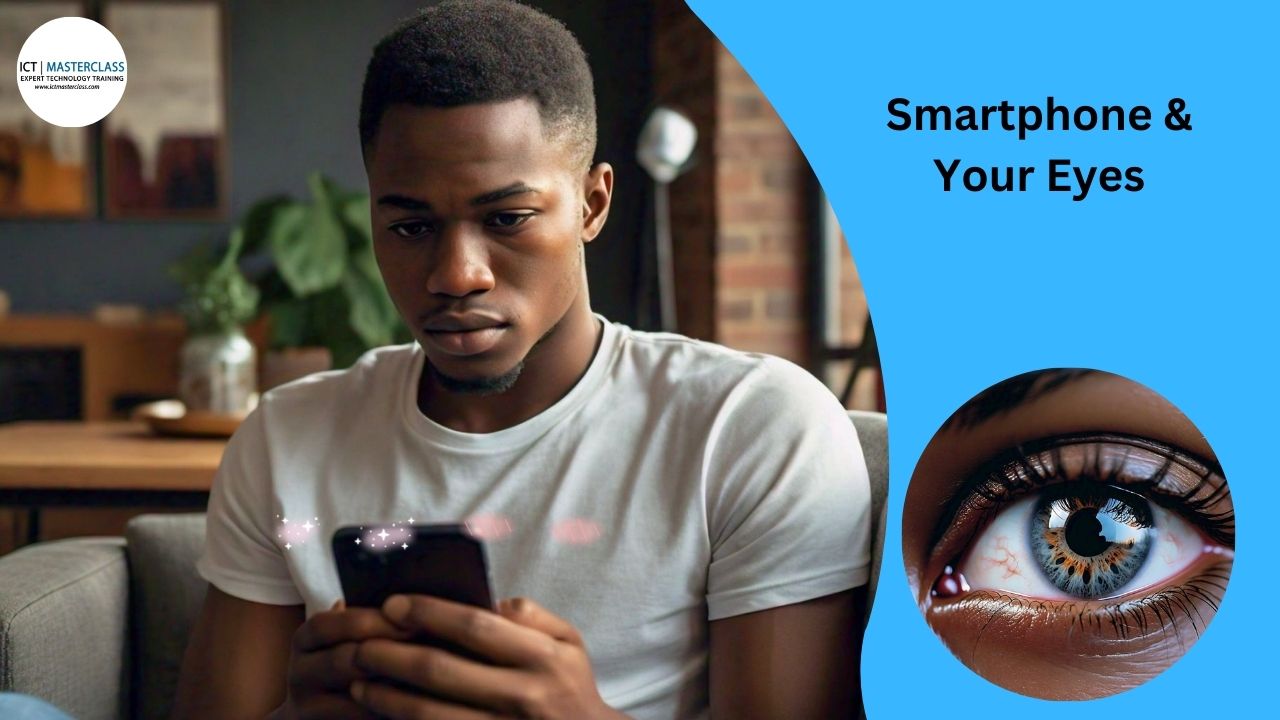Why we blink less when using a smart phone and how it affects the eye.

The average person blinks 15-20 times per minute during normal activities. But that number plummets to a mere 5 times per minute when we're glued to our smartphones. This dramatic decrease in blinking isn't just a random quirk, it has important implications for our eye health and comfort.
Here's a deeper dive into why we blink less while using smartphones and the potential consequences:
The Blinking Breakdown:
Blinking serves several crucial functions for our eyes:
- Lubrication: Blinking helps distribute tears across the surface of the eye, keeping it moist and comfortable. Tears act like a natural lubricant, preventing dryness and irritation.
- Cleaning: With each blink, your eyelids sweep away dust, debris, and allergens that might irritate the eye.
- Rest: Blinking allows the cornea, the clear dome at the front of the eye, to rehydrate and maintain its clarity.
- Focus: Blinking briefly disrupts visual input, allowing the eyes to refocus and adjust to changing distances.
The Smartphone Stare:
When we're captivated by our smartphones, we tend to:
- Stare intently: We become hyper-focused on the screen, reducing the natural blinking reflex.
- Reduce eye movement: We limit eye movements as we concentrate on the small screen, further preventing tear distribution.
- Dry environment: Phones often emit blue light, which can suppress melatonin production and contribute to dry eyes, especially in combination with reduced blinking.
The Downside of Less Blinking:
The decrease in blinking during smartphone use can lead to several issues:
- Dry Eyes: Reduced tear production and distribution can cause dry, itchy, and irritated eyes.
- Eye Strain: Limited blinking can lead to tired, strained eyes, especially after prolonged phone use.
- Blurred Vision: Dry eyes and eye strain can cause temporary blurred vision, impacting our ability to focus clearly.
- Increased Risk of Infection: Less blinking allows dust and debris to accumulate on the eye's surface for longer periods, potentially increasing the risk of eye infections.
Tips for Healthy Eye Habits:
Here's how to minimize the negative effects of decreased blinking during smartphone use:
- The 20-20-20 Rule: Look away from your phone every 20 minutes, focus on an object 20 feet away for 20 seconds. This helps refocus your eyes and encourage blinking.
- Reduce Screen Brightness: Adjust your screen brightness to a comfortable level to reduce eye strain.
- Use Artificial Tears: Applying lubricating eye drops can help combat dryness and irritation.
- Take Breaks: Schedule breaks throughout the day to rest your eyes and allow your tear film to replenish.
- Blink Consciously: Make a conscious effort to blink more frequently, especially when you feel your eyes drying out.
By being mindful of our blinking habits and taking proactive measures, we can minimize the eye strain and discomfort associated with prolonged smartphone use. Remember, healthy eyes are essential for enjoying the digital world without consequences. So, keep an eye on those blink rates, and prioritize the well-being of your precious peepers!
Blinking Challenge: Pause now and blink your eye
Comments
No comment yet







